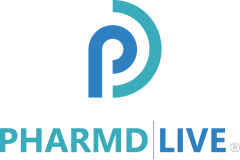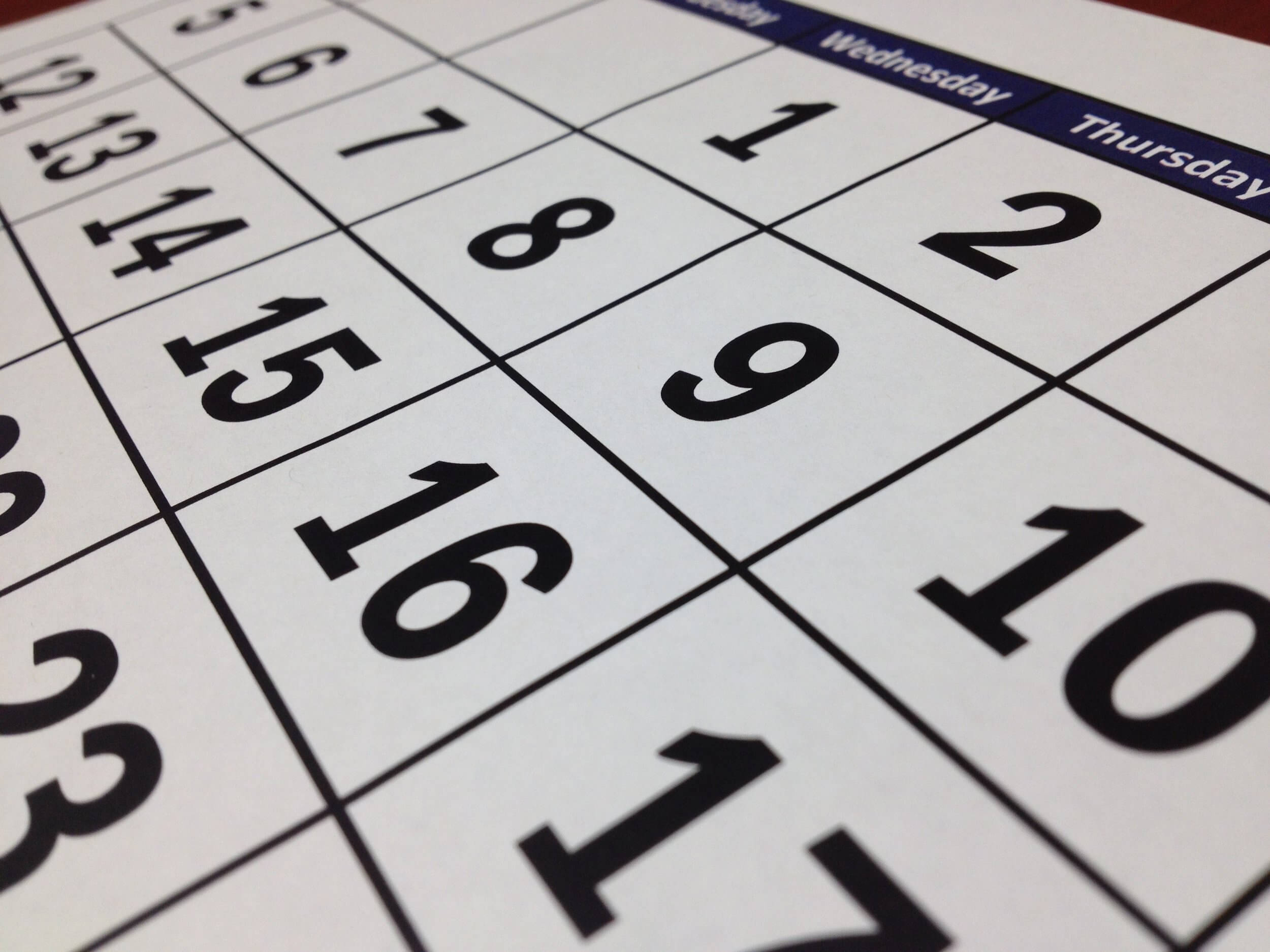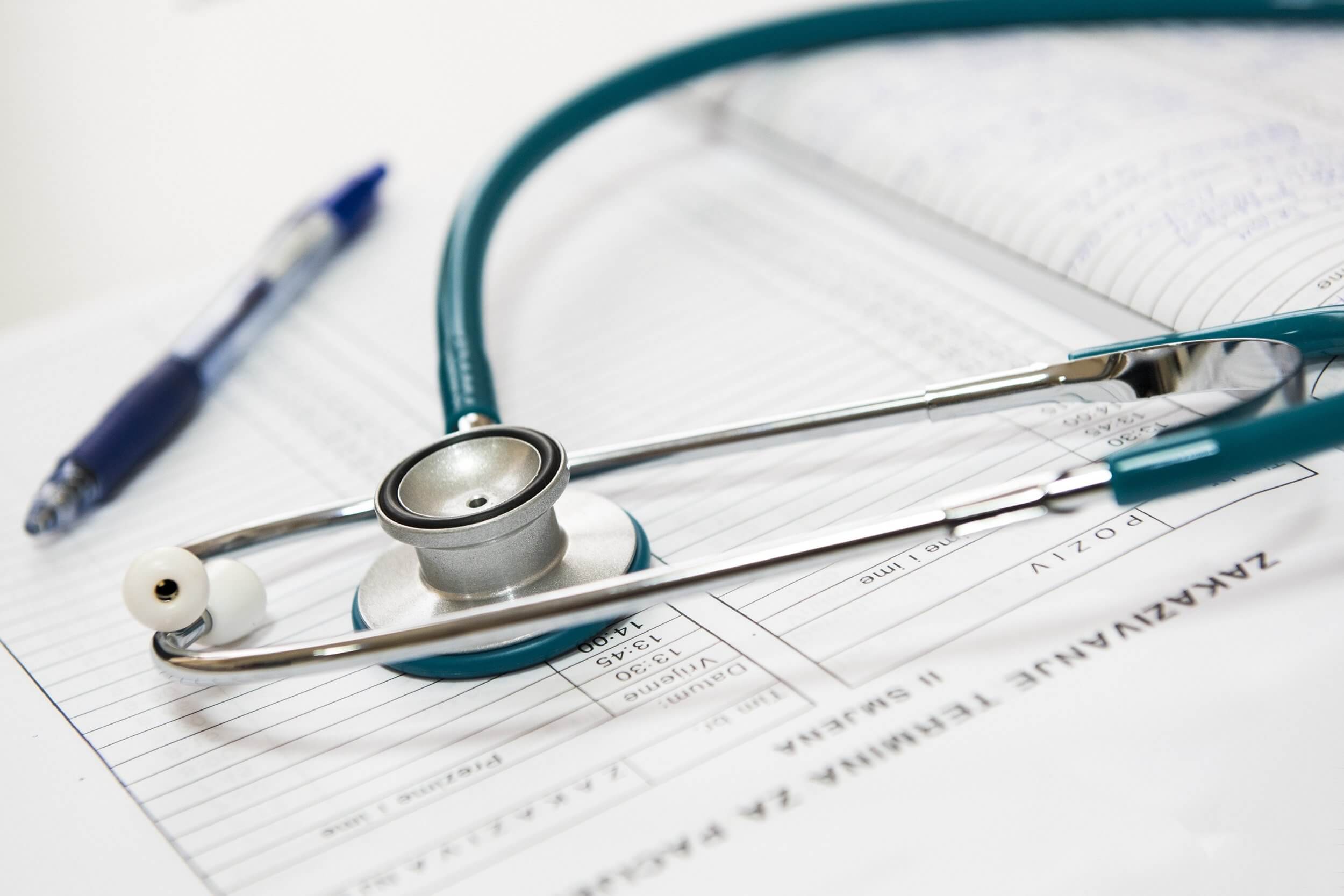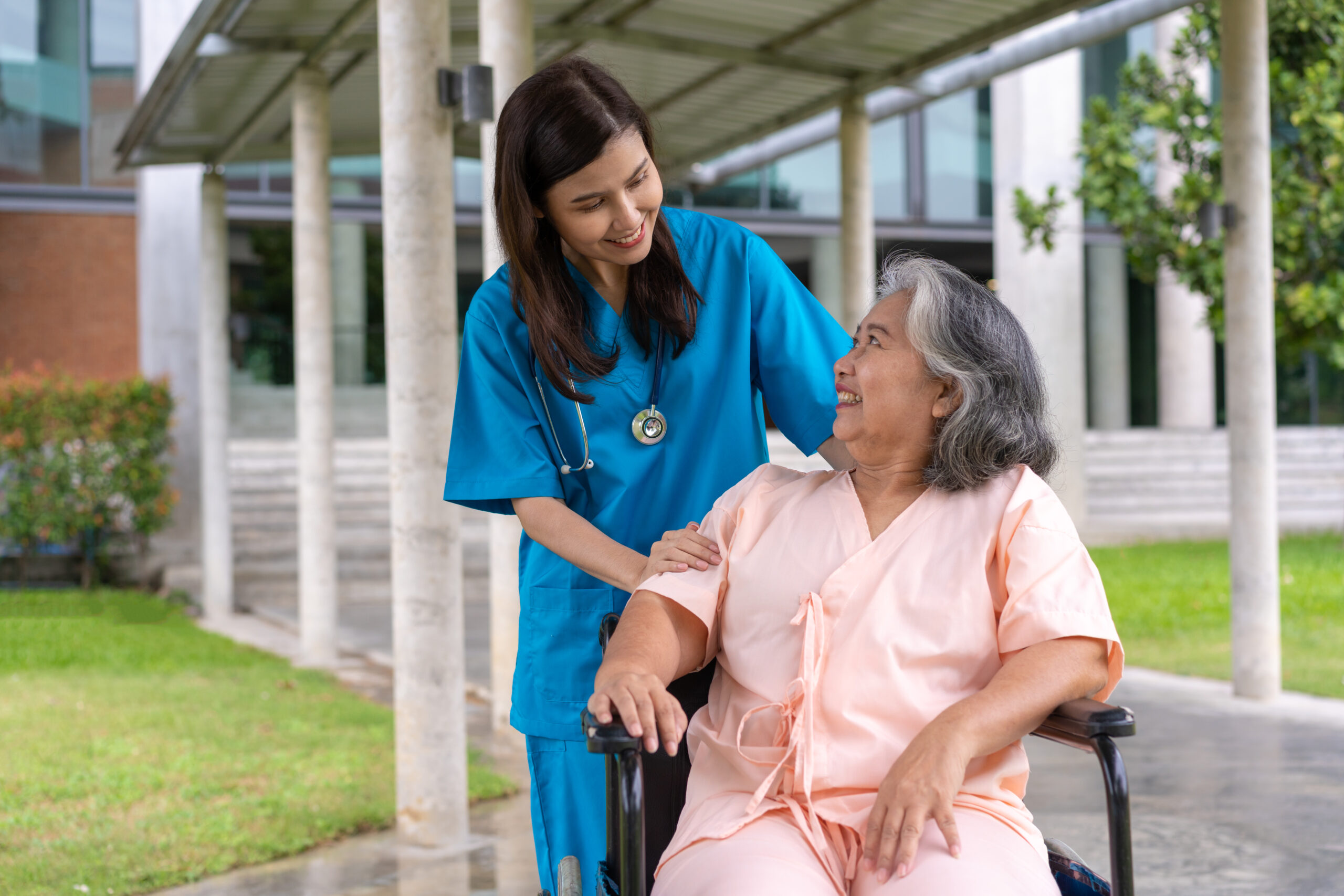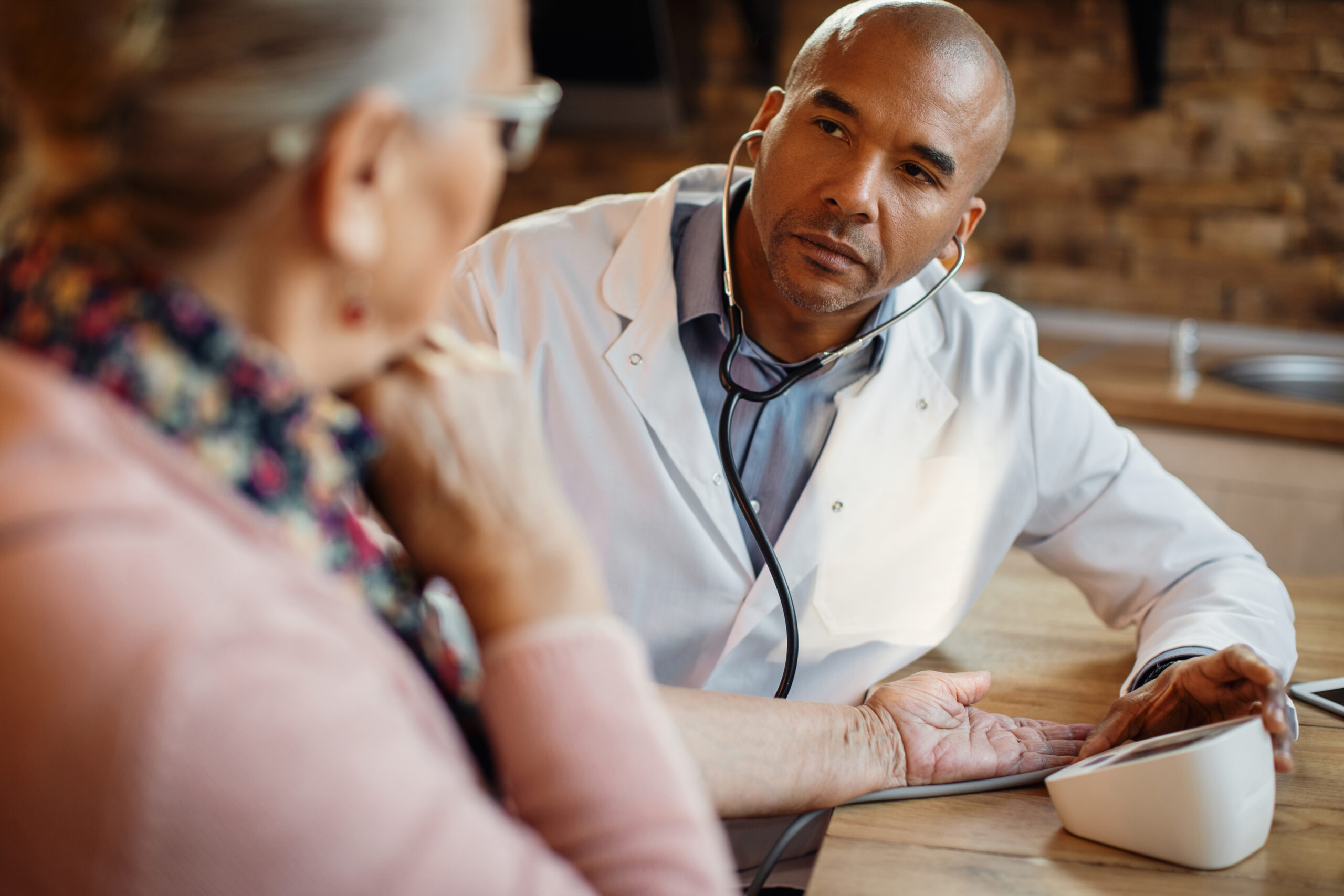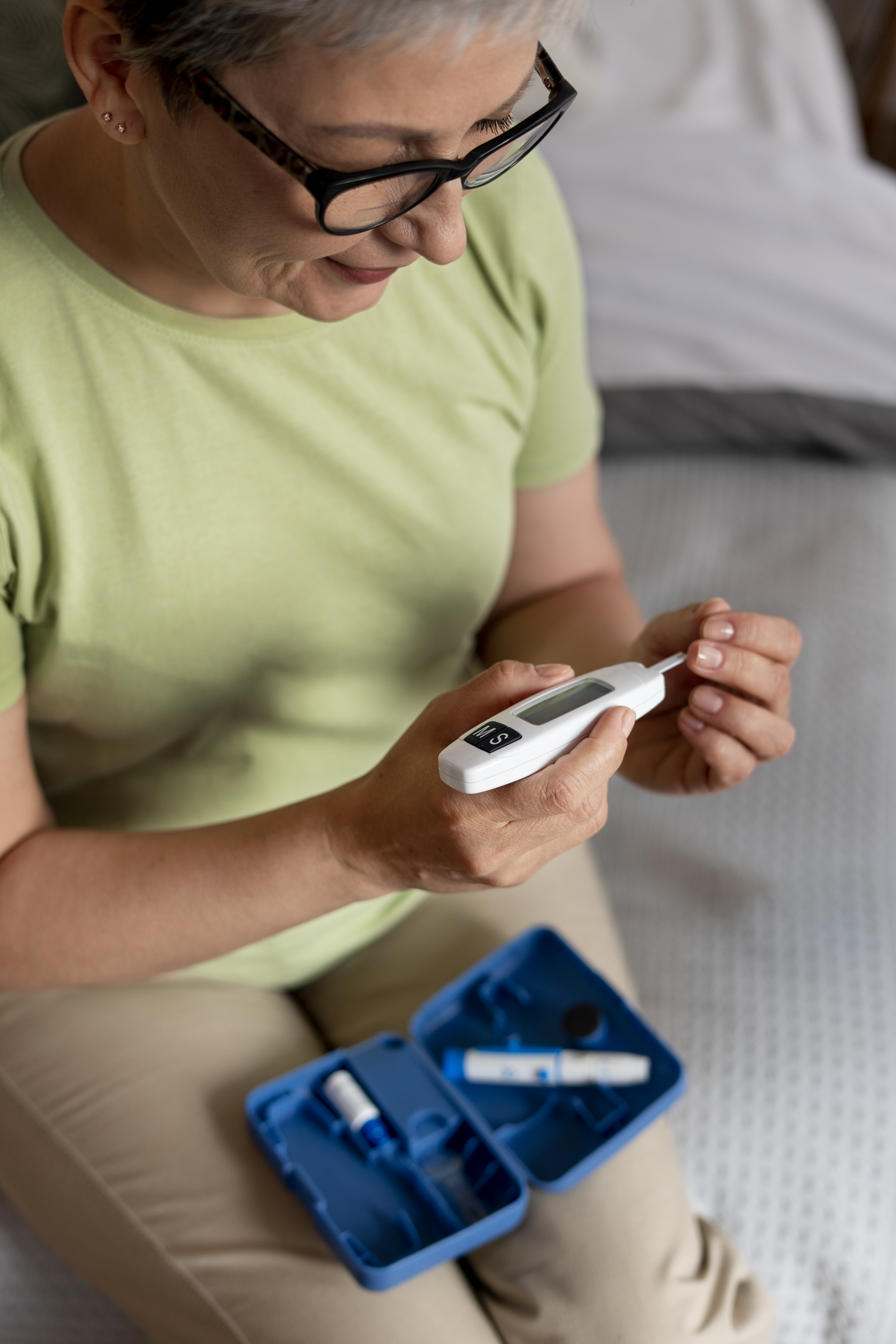Nicole Salata, PharmD, MS, MBA, a pharmacist with PharmD Live, encountered a 50+-year-old woman on two types of insulin and four anti-diabetic oral medications who still regularly had blood sugar levels in the 200-300 range.
The Spanish-speaking patient had a language barrier, among other health literacy issues.
Dr. Salata is a fluent Spanish speaker as well.
She says, “We had a one-hour Medication Therapy Management appointment that took an extra unscheduled hour.”
Dr. Salata learned that the woman’s standard three-meals-a-day diet was tortillas, beans, and rice.
The woman was unaware of the issue until Dr. Salata carefully explained that each was a form of sugar.
Her choices were responsible for her continued high sugar levels.
Without the language barrier, they could discuss issues at length, and the patient left the meeting armed with small changes that would help her achieve better glycemic control.
Broad statistical strokes have painted two separate groups of people with different types of literacy—functional literacy and health literacy.
Functional literacy includes reading, writing, and numbers.
The National Center for Education Statistics (NCES) uses an international study that defines literacy as “understanding, evaluating, using and engaging with written text to participate in society, achieve one’s goals, and develop one’s knowledge and potential.”1
NCES reports that on a 1-5 level scale, in 2017, 19 adults out of 100 in the US performed at or below level 1. At level 2, 33 adults of every 100 and 48 of every 100 performed at level 3 or above.1
Even if a person is functionally literate, he may not be particularly able to understand health information or services.
Healthcare and associated activities are unfamiliar, technical, and complicated to understand.2
Communication, education, health behaviors, and access to healthcare all contribute to health literacy.
Only 12 in 100 Americans have the skills needed to navigate successfully and understand complicated medical information.3
Additional national data show that more than 3 in 10 US adults have low health literacy.
The question is whether the expected populations’ profiles truly represent the demographics of all patient groups.
A literature review by Easton, Entwistle & Williams reported in BMC Public Health that the range and relationship between functional and health literacy have not accounted for confounding factors.
They posit there is a “hidden population” of people with low health literacy.4
Screening tools for health literacy have proven ineffective for improving health literacy at a practice level.
As a result, use screenings only for research.
When physicians don’t question patients about lifestyle or other medications, they may presume adequate health literacy.
Still, patients are disadvantaged by not knowing the potential pitfalls of a course of treatment.
In another instance, Dr. Salata encountered a patient who seemed to have the literacy skills he needed but wasn’t given proper health education.
The middle-aged man came in seeking advice believing he did everything right—but suffering from a condition he wasn’t sure he could discuss with a young female pharmacist.
“He’d had a heart attack, and his physician told him his best option was to control his cholesterol, which he seized with gusto.”
The patient went all-in on his diet, exercise, and the prescribed medication.
After further conversation, he shared that he had an inherited condition that gave him unnaturally high C-reactive protein, which exposes the carrier to an increased risk of heart attacks.
The doctor did not warn him about the effects of reducing his cholesterol drastically.
Dr. Salata gained the patient’s trust, and he admitted how he was feeling.
She referred him back to his physician with the rest of his medical story.
Dr. Salata’s pharmacy visitor was not considered to have low health literacy.
He caused himself harm because he didn’t have adequate information from his physician about the side effects of his medication and lifestyle changes.
His confounding factors may make him eligible to count among the hidden population of low health literate.
Dr. Salata says, “Pharmacists are the most accessible healthcare professionals. Unlike Lucy Van Pelt from Peanuts, we don’t charge 5 cents for advice.
Free advice and our large knowledge base and specific skills with medications bring people in with all manner of questions.”
Stephanie Billecke, director of patient education and technology, Patient Education, Fairview Health Services, Minnesota, says, “Health literacy affects a person’s health status more than anything, including age, race, income, education, and employment.”
She explained that nearly 9 out of 10 adults have difficulty using everyday health information. “The average reading level of American adults is 8th grade, and nearly two in 10 read at or below the 5th-grade level.
Medical terms raise the average health sheet to the 10th-grade level.” Ms. Billecke noted that anyone could have trouble processing and using information when they’re sick, frightened, or otherwise impaired.
When comprehension is poor, patients are more likely to suffer Adverse Drug Events, require readmission with a longer length of stay, lower their health outcomes, increase cost, and become less satisfied.
The CDC’s Healthy People 20305 project redefines health literacy to emphasize information use, not just understanding.
It also sharpens the need for patients to make well-informed decisions in place of appropriate decision-making.
Universal health literacy precautions are steps and techniques to take with all patients.
Say It, Check It, Print It
Grounded in the Teach-back technique, Ms. Billecke developed a mnemonic, “Say It, Check It, Print It.”6 from resources offered by the US Department of Health and Human Service a way to organize the elements of universal health literacy precautions. 7, 8 ,9
The promise of high-quality, affordable care aligning with the individual needs of patients remains elusive. Increasingly, the missing ingredient seems obvious: trust.10
For several years running, the Gallop organization ranked nurses, physicians, and pharmacists among the most trusted professions in the US.11
The American public agrees that these professionals are honest and ethical.
Growing trust through efforts to boost health literacy will help physicians translate the admiration into results for transforming the medical landscape and improving patient care while decreasing costs.
October is Health Literacy Month.
Also, it is the anniversary of the Plain Writing Act, signed into law on Oct. 13, 2010.
In addition, October is National Pharmacist Appreciation Month.
PharmD Live salutes pharmacists who provide valuable services in medication management, health literacy, and enriching patients’ lives with ready advice.
Take a bow and take a breath.
You deserve both.
About PharmD Live: PharmD Live partners with medical practices, healthcare systems, hospitals, and ACOs delivering Chronic Care Management and Remote Patient Monitoring telehealth solutions to Medicare patients. Our care coordinator/clinical pharmacists use our proprietary AI platform to benefit your patients’ health outcomes, as well as your bottom line. For more information, call +1 (202) 765-1429 or visit pharmdlive.com.
__________________
1 Briggs, Calvin. “The Policy of STEM Diversity: Diversifying STEM Programs in Higher Education.” Journal of STEM Education: Innovations and Research, vol. 17, no. 4, Institute for SMET Education and Research, Oct. 2016, p. 5. https://nces.ed.gov/fastfacts/display.asp?id=69
4 BMC Public Health 10, 459 (2010). https://doi.org/10.1186/1471-2458-10-459
5 https://www.cdc.gov/healthliteracy/learn/
6 Say It, Check It, Print It: Billecke, S., Patient Education Department, Fairview Health Services, Minnesota. modified 2019, © 1998-2014 Fairview Health Services. All rights reserved
7 Resources for Implementation: A Universal Precautions Approach https://health.gov/our-work/national-health-initiatives/health-literacy/health-literate-care-model/resources-implementation
8 Communicating Risks and Benefits: An Evidence-Based User’s Guide PDF – 3,128KB Baruch Fischhoff, PhD, Noel T. Brewer, PhD, & Julie S. Downs, PhD, editors, US Department of Health and Human Services, Food and Drug Administration
9. Use the Teach-Back Method: Tool #5. Content last reviewed September 2020. Agency for Healthcare Research and Quality, Rockville, MD.
Retrieved from https://www.ahrq.gov/health-literacy/improve/precautions/tool5.html
10 The American Journal of Accountable Care. 2019;7(3):24-25
11 https://news.gallup.com/poll/328136/ethics-ratings-rise-medical-workers-teachers.aspx
